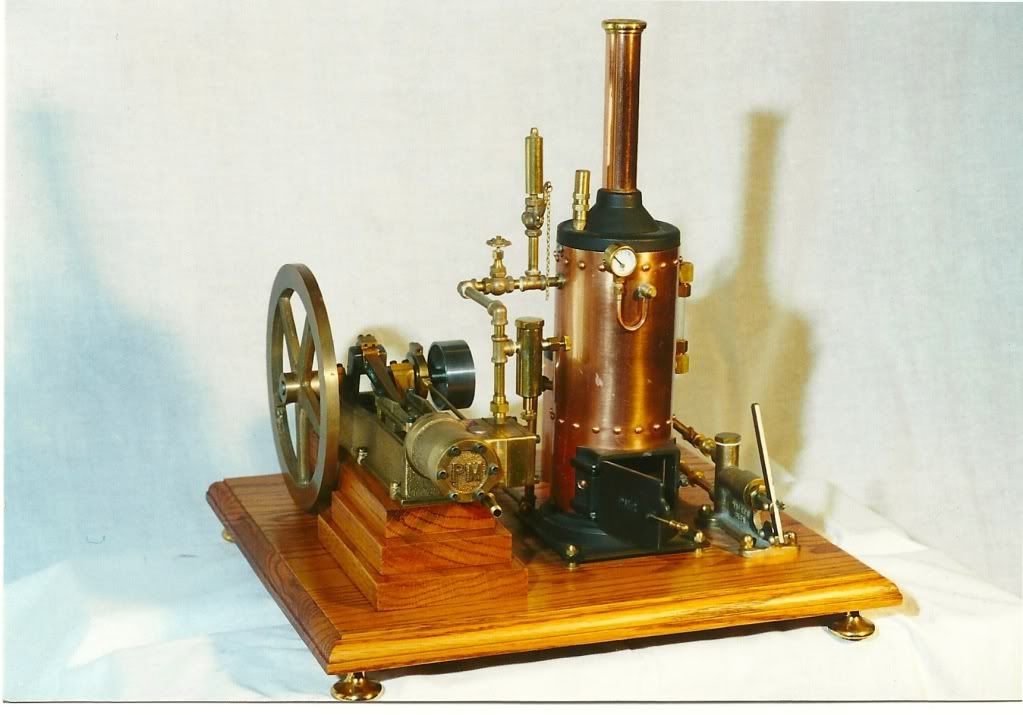old redneck
Member
- Joined
- Mar 8, 2012
- Messages
- 22
- Reaction score
- 35
To be honest, I hesitated on starting this build thread. Having my limited skill and old equipment on display before such accomplished craftsmen gave me pause, but it will also pressure me to do it right. Instructive criticism is welcomed.
My understanding wife let me pick my own Christmas gift this year and I chose a PM Research #1 castings kit. When it came in, it was laid out and inventoried. The prints were studied a few evenings, but the urge to make chips forced me to the shop. My first discovery was that none of the required taps and drill sizes are used on the old rifles, reloading tools and hay balers that I normally fool with. An order will be placed soon.
I chose to start with the flywheel first. It was clamped in the three jaw lightly, trued up with the dial indicator to run reasonably true then tightened down. There is limited purchase hub so it was ever so carefully faced then center drilled. With the live center in place the hub was cleaned up. It was then reversed in the chuck and dialed in before repeating and machining the outer parts of the wheel. With the lathe in back gear chatter was not an issue like I expected. I drilled, then bored the center hole to the specified diameter. With the wheel spinning I can't detect any run out or wobble and the center hole is within .0003. So far so good. The grub screw will have to wait.



My understanding wife let me pick my own Christmas gift this year and I chose a PM Research #1 castings kit. When it came in, it was laid out and inventoried. The prints were studied a few evenings, but the urge to make chips forced me to the shop. My first discovery was that none of the required taps and drill sizes are used on the old rifles, reloading tools and hay balers that I normally fool with. An order will be placed soon.
I chose to start with the flywheel first. It was clamped in the three jaw lightly, trued up with the dial indicator to run reasonably true then tightened down. There is limited purchase hub so it was ever so carefully faced then center drilled. With the live center in place the hub was cleaned up. It was then reversed in the chuck and dialed in before repeating and machining the outer parts of the wheel. With the lathe in back gear chatter was not an issue like I expected. I drilled, then bored the center hole to the specified diameter. With the wheel spinning I can't detect any run out or wobble and the center hole is within .0003. So far so good. The grub screw will have to wait.



































